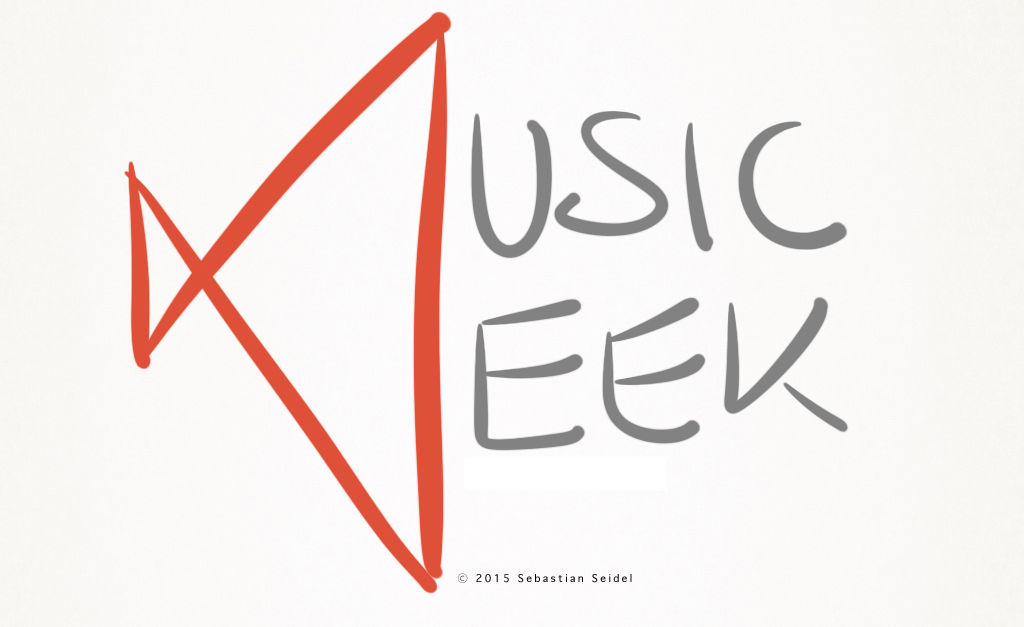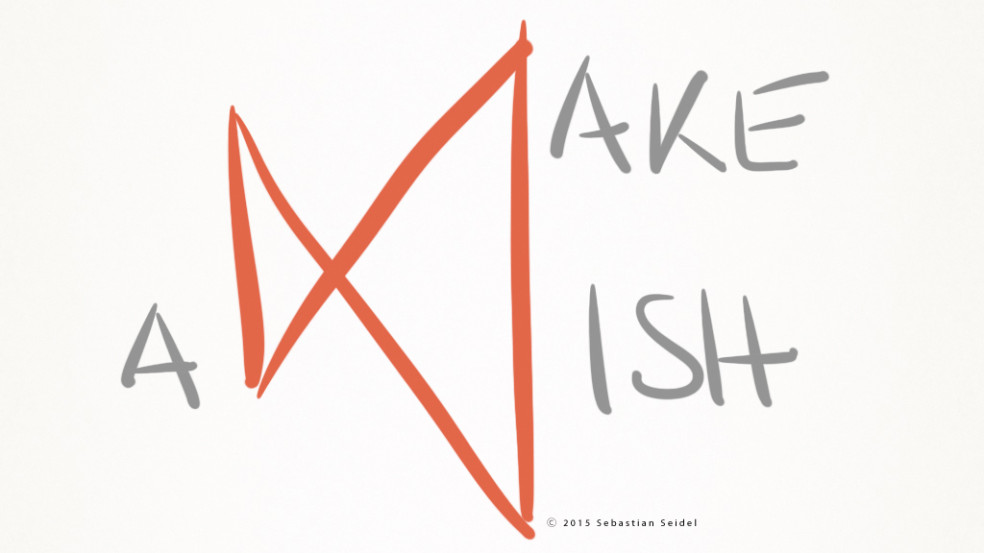Frequently Asked Questions regarding private music lessons
Please note that the below represents my personal experience and opinion as a music student, music teacher and musician, and is not based on research of any kind.
Should my child learn a music instrument?
Yes. Learning an instrument and playing music on it is an activity that will have very positive effects. Children who make music improve their learning abilities and capacities; they develop their senses and their motor activity. Interacting with others in a music group (choir, band etc.) integrate your child in a social context and develop his/her people skills.
How can I find out which instrument my child likes?
Give your child the chance to get to know different instruments – at friends’ houses, in music shops or during a trial lesson in music schools. Be ready to change instruments. Don’t buy the most expensive instrument unless you’re sure your child will continue to play it.
What should I do if my child isn’t happy learning the instrument, but I really want him/her to?
Let your child co-decide certain things: chose an instrument, a teacher, a learning environment, a music repertoire etc. that your child likes or even choses by her-/himself. Don’t impose everything on your child. “Having fun” should be an important learning target.
What should I look for in a music teacher?
Choose someone your child can relate to, in a language your child is comfortable in. Be aware that cultural differences also extend to teaching styles and repertoire; both western and Chinese methods have their advantages and disadvantages. Don’t be afraid to change teachers, if necessary.
Should my child learn alone or in a group?
Find a friend or two that can learn together with your child. Making music in a group is a lot of fun! However, if your child is comfortable learning and playing alone, she/he will most likely progress faster.
What music should my child learn?
Ask your music teacher to choose a music repertoire that serves the purpose of learning an instrument, but also reflects your child’s curiosity and music preference. A mixture of classical, serious music with popular, contemporary songs generally works well.
What are the pros and cons of the most popular instruments?
Piano
Pros: great variety of literature, not loud (if electronic), great for accompanying others, beneficial for music learning and playing technique, not limited to one person (group, band, 4 handed)
Cons: cannot be carried, takes up space, expensive
Guitar
Pros: can be carried, very popular, very wide variety of literature, can be extended (classic, acoustic, electric guitar, amplifier etc.), great for playing in a group, good for singing along
Cons: difficult for very young children, first 1-3 months of learning require effort
Flute
Pros: very small, not loud, inexpensive, great variety of literature (from classic music to jazz), great for playing in a group, can be the stepping stone for other wind or brass instruments (saxophone, trumpet, oboe…)
Cons: none
Violin
Pros: small, not too loud, affordable, great for playing in a group
Cons: naturally associated with classical music and stigmatized as the essence of music education; as a result, many teachers teach the violin in a very classical and often strict way. Many children will get bored and stop playing the violin as soon as they can.
I recommend the violin to someone that really, really wants to play it.
Drums
Pros: interesting and appealing instrument, technically rewarding
Cons: bulky, expensive, loud
Note: From an educational point of view, acoustic drum sets are preferable to electronic drum sets, because they enable the “physical” experience typical for percussion music. The one advantage that electronic drum sets have is the fact that they can be played at a low volume or even with headphones
What are other, less popular instrument that my child could learn?
Cello, Chinese instruments (Guzheng, Pipa)



